Description
Allegorien, neue Folge Pl.037 by Martin Gerlach printed on a T-Shirt
About the T-Shirt
Regular fit
Standard length, the fabric easily gives into movement
Casual wear
A classic, everyday option loved by our customers
Side-seamed
Constructed by sewing two parts together, creating a fitted look
The Unisex Staple T-Shirt feels soft and light with just the right amount of stretch. It’s comfortable and flattering for all. We can’t compliment this shirt enough–it’s one of our crowd favorites, and it’s sure to be your next favorite too!
- Solid colors are 100% Airlume combed and ring-spun cotton
- Ash color is 99% combed and ring-spun cotton, 1% polyester
- Heather colors are 52% combed and ring-spun cotton, 48% polyester
- Athletic and Black Heather are 90% combed and ring-spun cotton, 10% polyester
- Heather Prism colors are 99% combed and ring-spun cotton, 1% polyester
- Fabric weight: 4.2 oz./yd.² (142 g/m²)
- Pre-shrunk fabric
- 30 singles
- Side-seamed construction
- Tear-away label
- Shoulder-to-shoulder taping
- Blank product sourced from Nicaragua, Mexico, Honduras, or the US
Martin Gerlach (1846-1918)
Martin Gerlach was a prominent Austrian-German engraver, photographer, and publisher.
Gerlach started his self-named publishing firm in 1872 in Berlin, which primarily focused on prototype and pattern books for artists and craftsmen. His works on photographic prototyping were particularly influential. Together with Ferdinand Schenk, he later founded the Polygraphic Art Institute in Vienna and formed the Gerlach & Schenk publishing firm. During this time, Gerlach used several budding artists for book illustrations, including a young Gustav Klimt. In 1901, Gerlach’s partnership with Schenk ended. He then reorganized his firm and partnered with his long-time employee, Alfred Wiedling to form Gerlach & Wiedling.
Between 1901 and 1924, Gerlach published his delightful Jugendbücherei, a collection of 34 volumes of children’s books. Each volume was 15x14cm, and combined contemporary artistry with popular fairytales and German legends. Gerlach commissioned well-known artists, such as Carl Otto Czeschka, Carl Fahringer, Franz Wacik, Ignaz Taschner, and others to illustrate and design each volume. Perhaps the most striking of these little gems (and this blogger’s personal fave) is Die Nibelungen (1920), which the famed Austrian graphic artist, Carl Otto Czeschka, illustrated and designed with gold print. Ausgewählte gedichte von August Kopisch (1904), illustrated by Ferdinand Andri, is also a favorite, with it’s weird little designs and mischievous creatures.

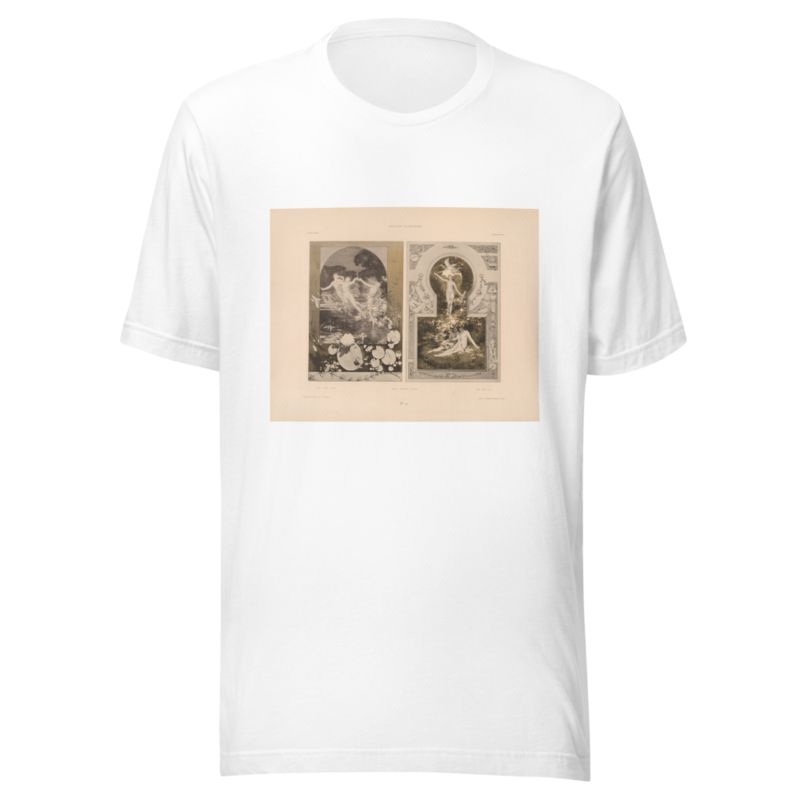
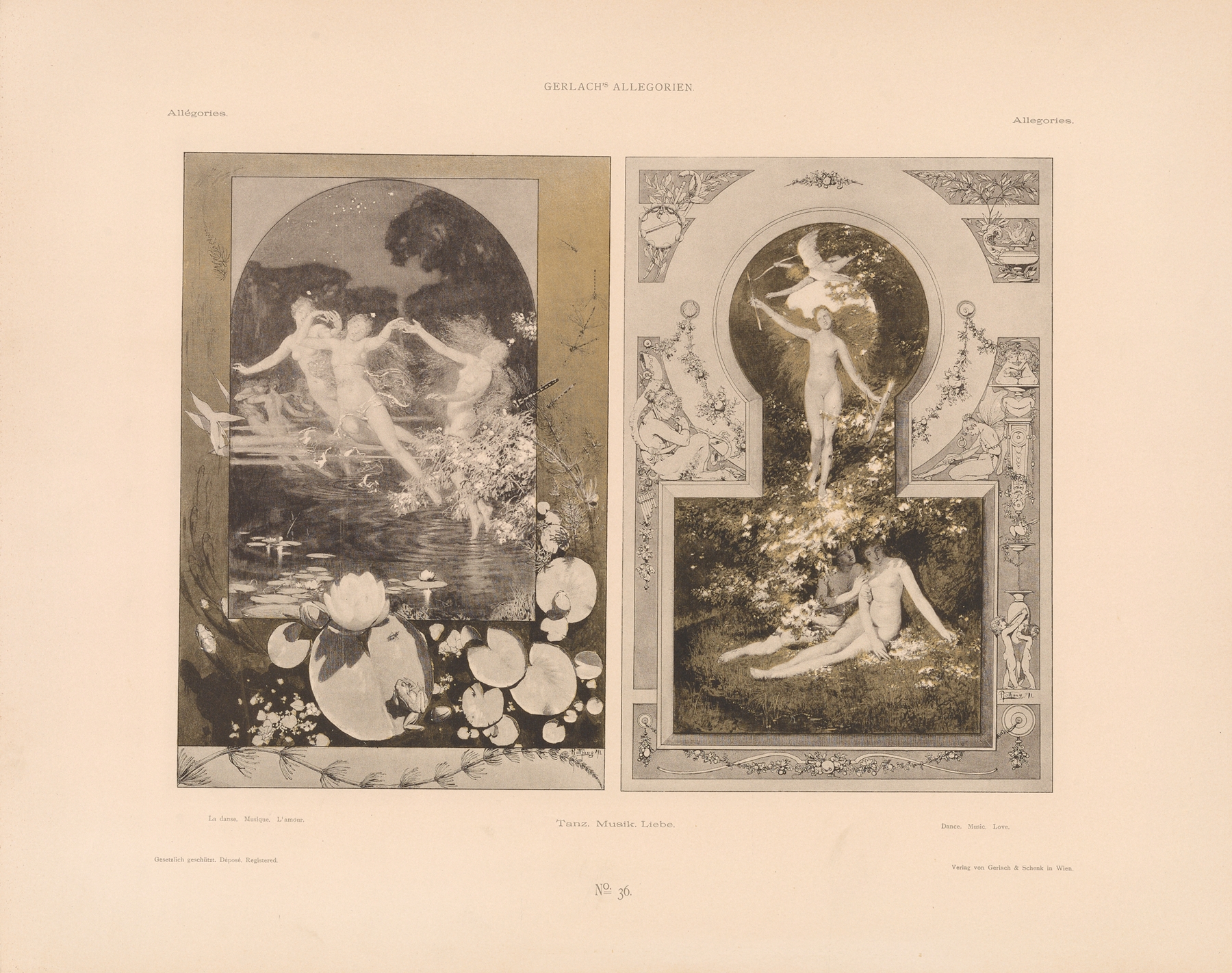
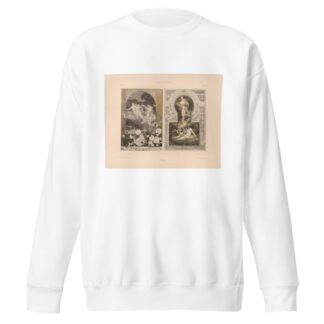
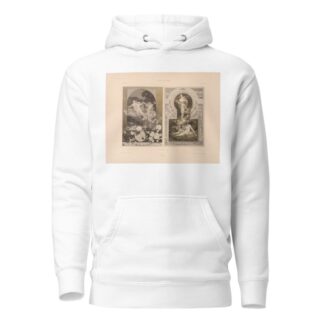
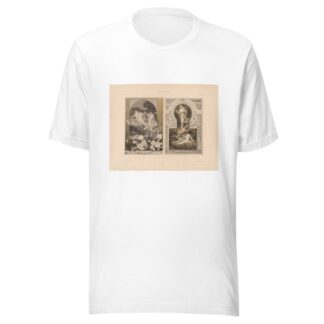
Reviews
There are no reviews yet.